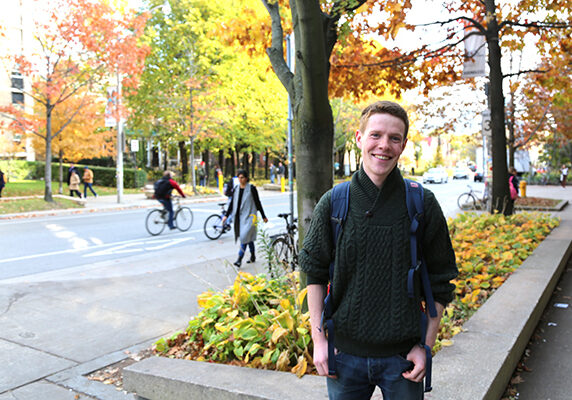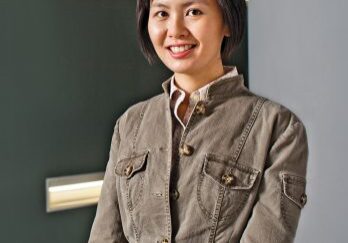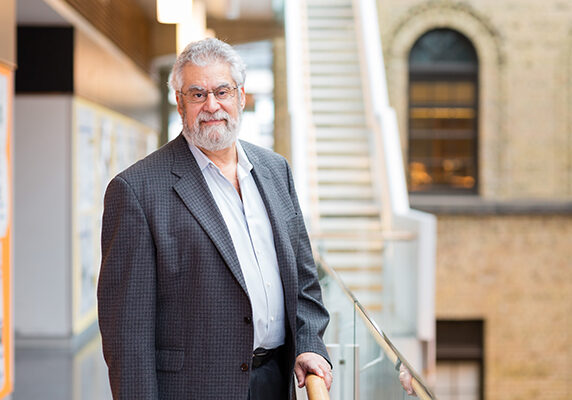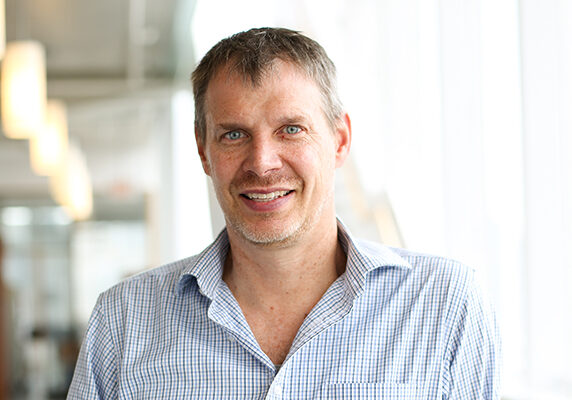
EngSci student represents Canadian youth at UN climate summit
Sam Harrison selected to join Canadian Youth Delegation at COP22 in Marrakech, Morocco

3D-printed cleft palate simulator improves surgery training
While working on robotic surgical tools to help with cleft palate surgery, Dale Podolsky created a cleft palate simulator which has been internationally recognized as an incredible training tool for surgeons

Quantum ‘secret keys’ to keep personal data safe
Two U of T Engineering researchers are working to make quantum security protocols accessible and inexpensive, so when the quantum era dawns, your personal data will stay safe

‘Slithering sperm’ research earns MIE alumnus Colton Medal
Reza Nosrati was recognized with the 2016 Douglas R. Colton Medal for Research Excellence for his pioneering work using nanotechnology and microfluidics to treat male infertility

Treating cancer from within: Q & A with Naomi Matsuura
Professor Naomi Matsuura (MSE, IBBME), an expert in the design of new materials that interact with medical imaging radiation, joined the Faculty in July 2016.

Michael Sefton receives $1.1M from JDRF for type 1 diabetes research
Funding supports investigation of experimental treatment that involves transplanting healthy pancreatic cells into patients living with the disease

U of T Engineering student team competes at Green Energy Challenge finals
Students design energy saving lighting retrofit for downtown Toronto high school



